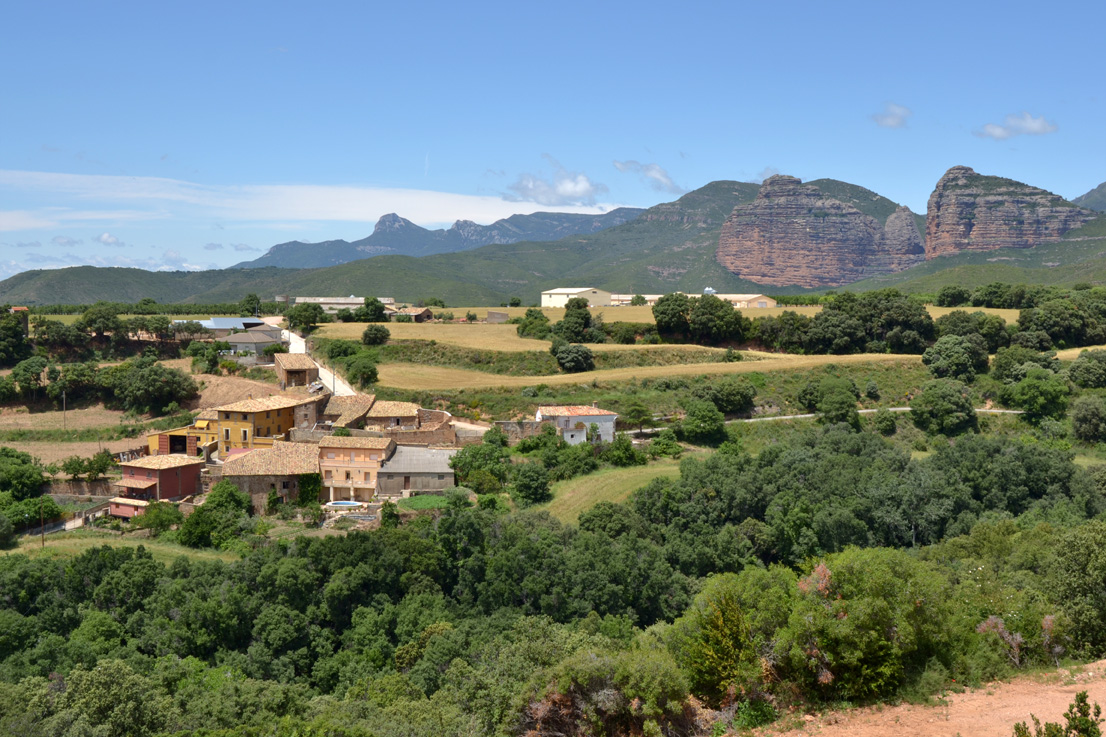
This small village’s natural surroundings –the Salto de Roldán, a spectacular rock formation, can be seen from here– make San Julián de Banzo an incomparable location.
The urban center is nestled between the slopes of a ravine, thus dividing San Julián into to small neighborhoods: Yuso and Suso.
The 18th-century parish is the tallest building in this traditional hamlet and features traces from the Romanesque period.
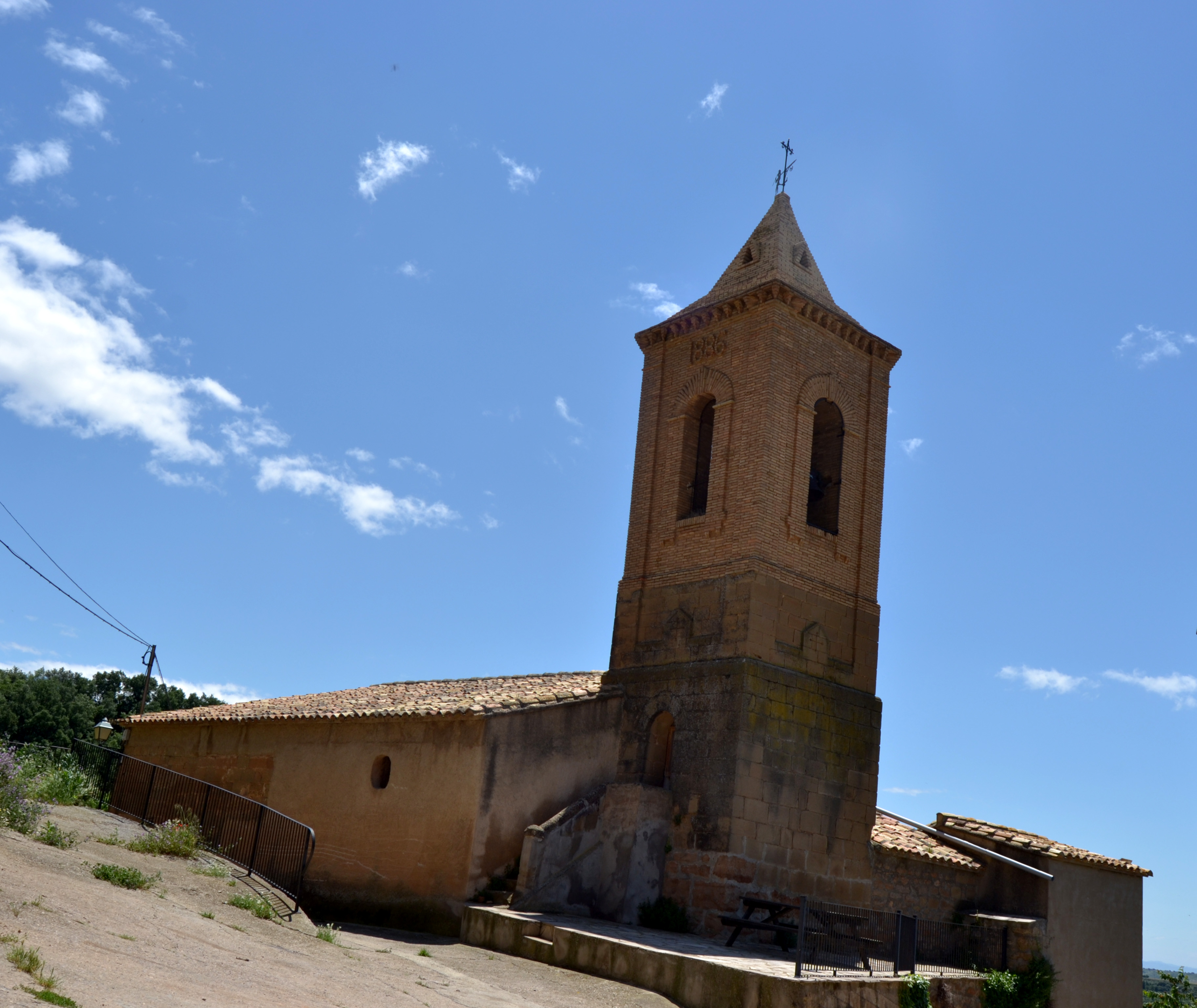
A number of springs are born from between the walls of the ravine and help supply water to the city of Huesca.
One of the gems of the Sierra y Cañones de Guara Natural Park is the walk to the San Martín de la Val d’Onsera ravine; a rock chapel of the same name is tucked among the rugged walls, providing a spectacular location and view.
San Julián de Banzo celebrates its major festival in honor of the Three Kings on January 6th, and its minor festival at Pentecost; the village also joins the most important pilgrimages in the area: to Virgen del Viñedo and San Martín de la Val d'Onsera.

This quaint hamlet in Hoya de Huesca is also known as Los Molinos de Sipán, because it was associated with this municipality for centuries until the municipal seat moved to Loporzano in 1966.
Located at 590 meters above sea level, the architecture in Los Molinos follows the classic patterns of the Somontano region, like the 18th-century “Casa Mairal”.
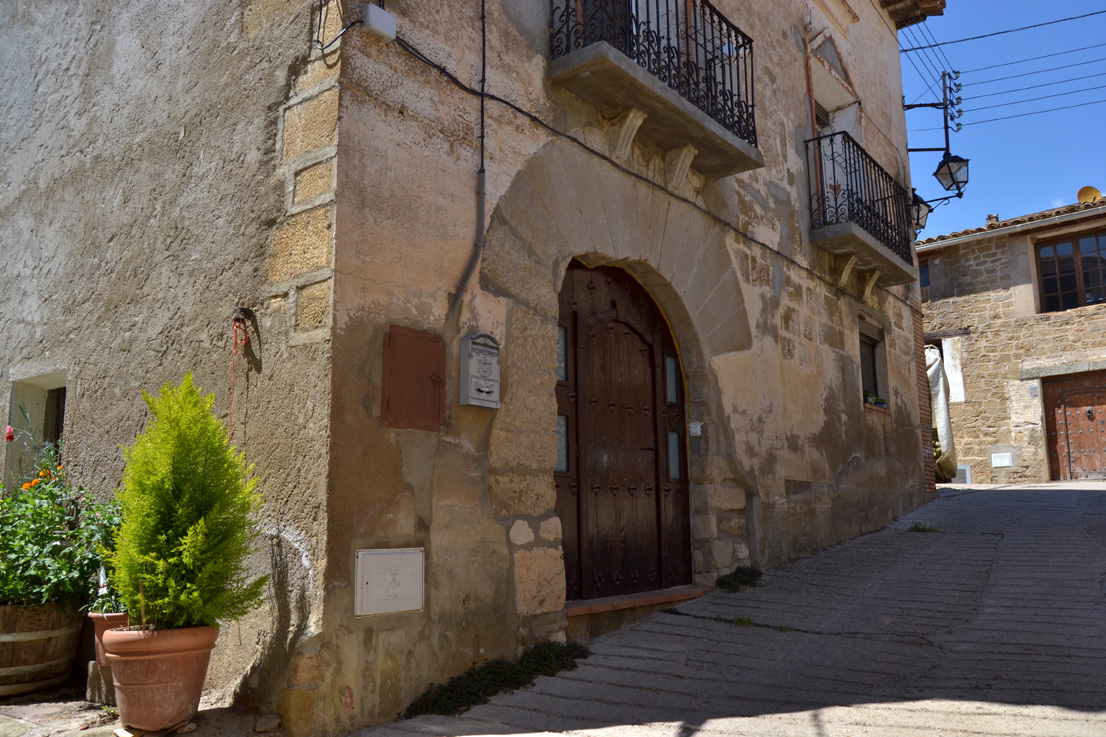
Remains of an ancient diversion dam and mill can still be seen. A point of interest: the oil mill is still in operation.
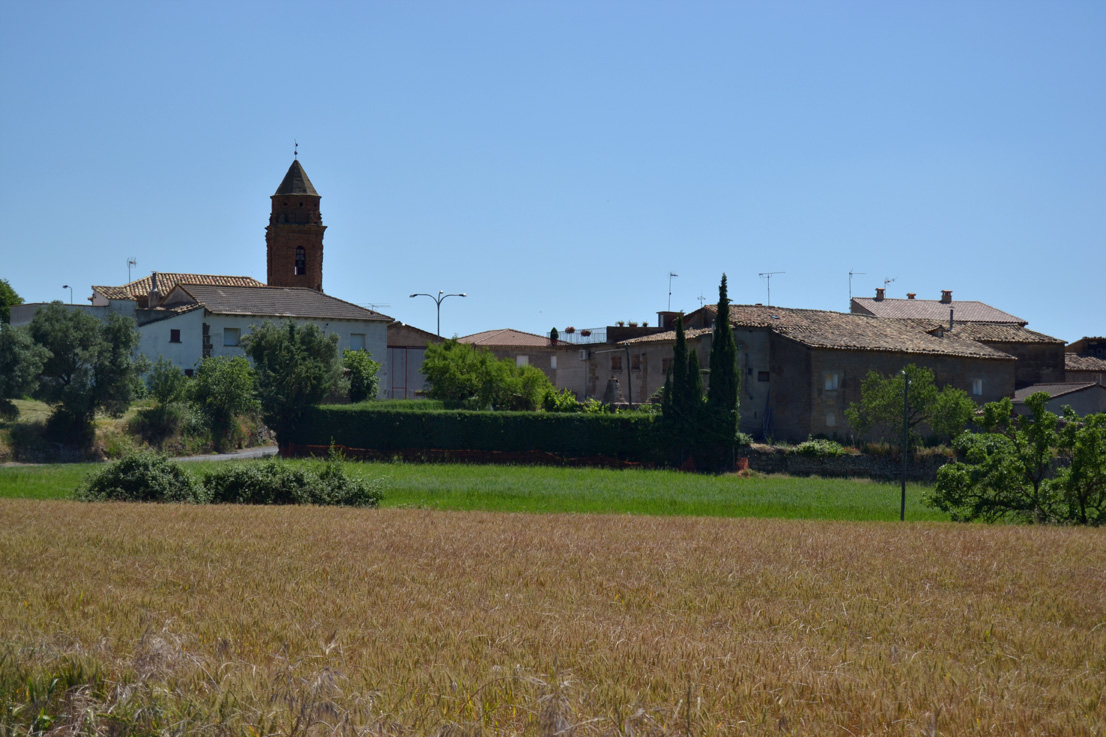
Su localización, en lo alto del espolón de un pequeño tozal, sigue la tónica de muchas de las localidades de la zona, aprovechando la piedra que aflora entre sus calles como cimentación para los edificios que la componen.
En la cumbre del pueblo, la iglesia parroquial. El templo está dedicado a la Epifanía del Señor y data del siglo XVIII. Está construido en sillería y consta de una sola nave. La cubierta interior combina la bóveda de lunetos con las soluciones a través de pechinas. La torre se levanta sobre la fachada; muestra sus extremos achaflanados y destaca por un chapitel de tambor octogonal.
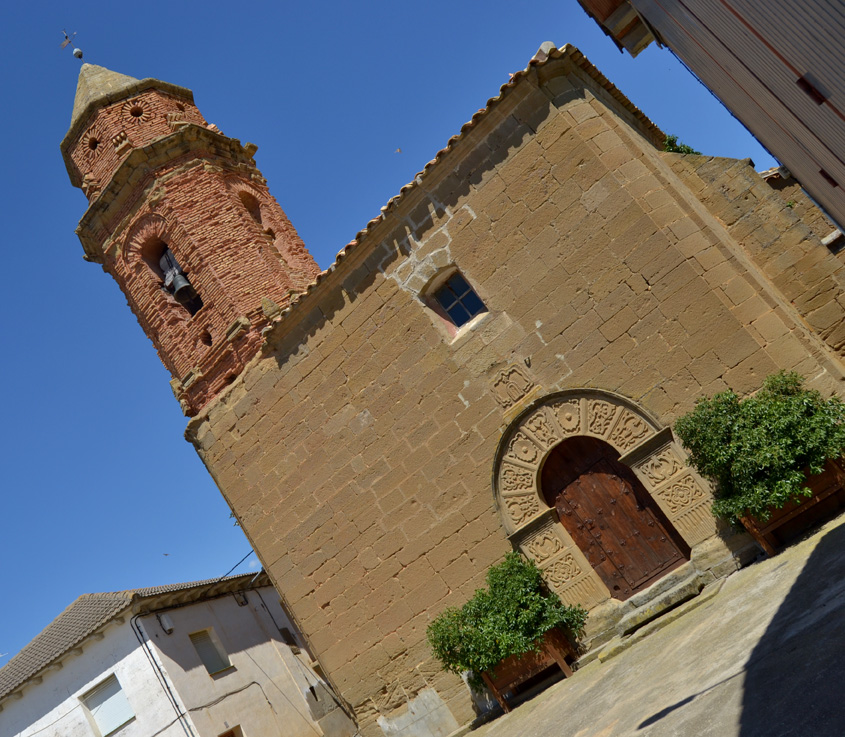
Como gran telón de fondo, la Sierra de Guara, aportando infinitas miradas al visitante.
Loscertales celebra sus fiestas el 6 de enero, por la Epifanía; también el 12 de junio por San Juan de Sahagún, y el 9 de mayo se une a la romería a la ermita de los Santos Cosme y Damián.
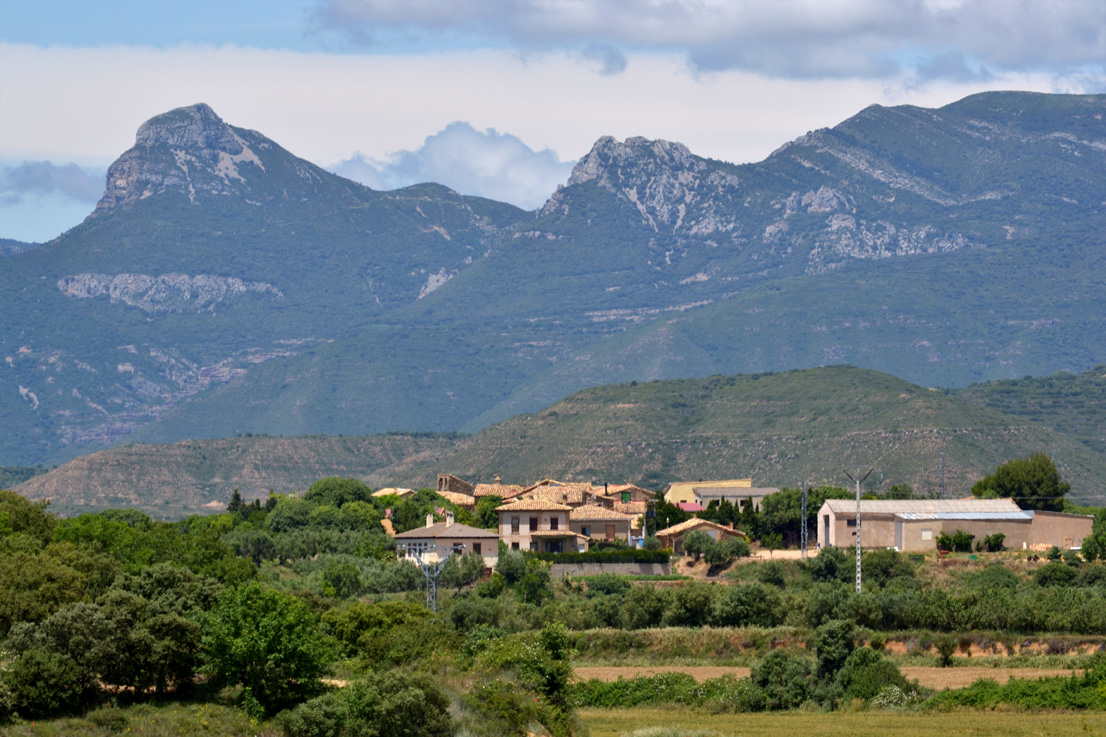
The hamlet is built on the edge of a deep ravine, the houses spreading out from around the church.
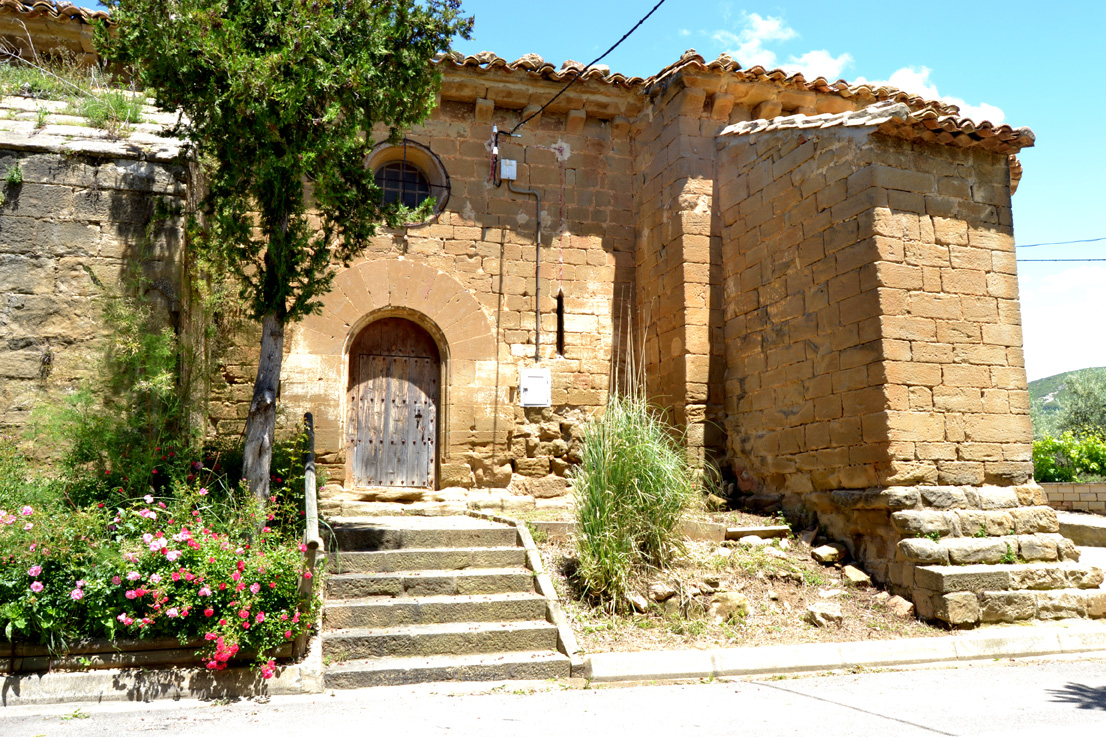
The Romanesque Parish Church of Santa Cecilia dates back to the late-12th to the early-13th century, although it is built on top of earlier foundations. It feature a single tower, damaged at the top, which was likely part of an earlier fortified building. Its medieval entrance, rebuilt in the 18th century, features animalistic details and signs engraved on its voussoirs, one of the most significant examples of glyptography in Europe.
Nearby, the Flumen Chibluco River is crossed by a small stone bridge, possibly of Roman origin.
The village celebrates its annual festivals on June 12th in honor of St. John of Sahagún; on November 22nd in honor of Santa Cecilia, and joins two of the most popular pilgrimages in the region: to the Chapel of the Virgen del Viñedo on May 1st, and to San Martín de la Val d'Onsera on the last Sunday of May.